Your handy 1964–67 Chevrolet Chevelle buyer’s guide
The automotive market went through a series of sweeping changes in the early 1960s. Not the least of these was the rise of small-to-intermediate-size cars, vehicles that were cheap to build, affordable to buy, and popular with drivers who needed basic transportation at a reasonable price.
Chevrolet’s answer to the entry-level question was the 1964–67 Chevelle, a car that built on the lessons learned from the smaller Chevy II and ahead-of-its-time Corvair. Larger than both, but more modestly proportioned than full-size fare like the Impala, the intermediate Chevelle was an immediate homerun for the brand, with 1.6 million first-generation cars sold. (Click here to read about our recent drive of a ’67 Chevelle.)
Helping to propel Chevelle sales was its extreme versatility. Here was a car that could be ordered as a coupe, sedan, convertible, and a pair of wagons (two-door and four-door), outfitted with equipment ranging from barebones to respectably comfortable. Riding on GM’s all-new A-body platform, the Chevelle also birthed the reborn El Camino pickup, which added a cargo bed (and which is outside the scope of this buying guide), as well as the Malibu, which served time as a Chevelle trim level before graduating to its own nameplate. Most body styles featured the choice between frugal six-cylinder power or an upgrade to either small-block or big-block V-8, with the latter powering the iconic Malibu Super Sport and the SS396.
A big part of the Chevelle’s continuing popularity among collectors also has to do with how easy it is to modify. Capable of receiving nearly any small-block design in its capacious engine bay, and bolstered by an incredibly deep aftermarket, there are nearly as many customized Chevelles out there as there are numbers-matching originals, a fact underscored by just how cheap it can be to buy a rolling shell or even complete base car to use as a template for building an SS clone.
Charting the changes

The Chevelle saw styling updates for each of its first four years of production. The 1964 models are easily identifiable by way of their upright, egg-crate grilles, a feature that was replaced by a chrome bar that bisected the front end of the car for 1965. Both the ’64 and ’65 feature a rounded grille surround that encapsulates the headlights, with the ’65 adding a kink at the far edge. Changes are equally prominent at the rear, with the original split taillamps being replaced by one-piece units and the trunk filler swapping from chrome to black and adding C-H-E-V-R-O-L-E-T lettering across the center instead of across the top of the trunk lid.
The 1966 Chevelles have a canted front end, with the the front of the hood angled above the bumper and the bottom of the grille recessed into the fenders. Headlights are no longer flush but instead stick out, and the grille loses its center trim in favor of small horizontal bars. These bars become more prominent for 1967, which also loses the ’66 bumper cutouts in favor of one large cutout that slices across the entire unit and houses the turn signals. The hood is also smoothed back for ’67, and the fenders pushed forward to erase the previous year’s diagonal slice.
Angles are also the order of the day at the rear of the Chevelle. The 1966 edition features protruding fender edges that house curved rectangular taillights, while 1967 frenches those lights into the fender edges themselves and transforms them into triangles. A full-across trim piece is also present for ’67 in place of the ’66 model’s body-color backstop with chrome surround and Chevrolet logo center trim. Wagons feature different tailgate and taillight setups for each of the four first-generation model years.
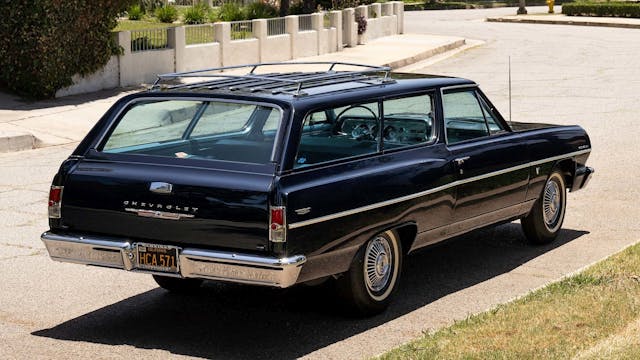
Chevelle trim levels (called “series” by GM) were fairly restrained. For 1964, buyers could choose between the base 300, the mid-tier Malibu, and the muscular Malibu SS. The latter two featured their own unique badging but otherwise matched lesser models in terms of styling. The following year the 300 Deluxe was added to the mix, and by 1966 the SS396 had replaced the Malibu SS. The final change of note is the Concours trim for 1967, which was wagon-only. Malibu SS and SS396 cars were sold exclusively as coupes or convertibles.
Equipment ran the gamut from stripped-down Taxi fleet cars all the way up to plush Malibus with full power accessories, power steering, air conditioning, and bucket seats. Optional gear included a Positraction limited-slip rear differential, a four-speed manual transmission (which replaced the column-shifted three-speed with a floor-shifter), and a two-speed PowerGlide automatic.

Engine choices for the 1964 Chevelle consisted of a pair of straight-six engines (a 194-cubic-inch unit good for 120 horsepower, and a 155 horsepower, 230-cu-in design), as well as two versions of the 283-cubic-inch small block V-8 (195-hp, two-barrel carburetor, and 230-hp four-barrel), and a pair of 327-cubic-inch V-8s (250-hp two-barrel, 300-hp four-barrel).
It’s important to point out that the Malibu SS was available with both V-8 and I-6 engines, and that ordering the model did not guarantee a high-performance engine under the hood. Similarly, in all years SS cars came standard with the three-speed manual, with the four-speed optional, as it was on nearly every other Chevelle.
Horsepower fluctuated somewhat for the I-6 and 283 for 1965, with the 327 gaining a third, 350-pony version, but the big news was the new 396-cu-in big-block L37 V-8 that added 375 horsepower and 420 lb-ft of torque in a very limited number (only 200) of Malibu SS models (also known as Z16 cars). This hydraulic cam motor was unique to 1965, and differed from the L78 396 offered by the Corvette that same year, and the Chevelle SS396 the following year.

A 396 big-block became standard in the newly created SS396 trim for 1966, available in 325-hp (L35), 360-hp (L34), and 375-hp (L78) editions, while the 327 returned to a single, 275-hp option on non-SS cars. For 1967, buyers were given an extra 325-hp, 327-cu-in V-8 to choose from, while the L34 big-block lost 10 hp and 5 lb-ft of torque. Only 612 L78-equipped SS396 cars were built that final year, due in part to the engine not being available until late April/early May 1967.
Who to know before inspection
If you’re looking for comprehensive online information about the Chevrolet Chevelle, it doesn’t get much better than Chevelle Stuff, which offers decoders for VINs, warranty cars, and trim tags; full lists of all options, features, and trim levels; and deep dives into every model year. It also features registries for a vast array of specific Chevelle models.
As with many muscle cars, those who have built companies dedicated to keeping these vehicles on the road are also excellent resources when it comes to digging into their history. We spoke to Roger Ausley of Ausley’s Chevelle Parts to get a better understanding of how to identify a ’64–67 Chevelle when looking at its VIN plate (located on the front hinge post of the driver’s door) and trim tag or body plate number (driver’s side firewall).
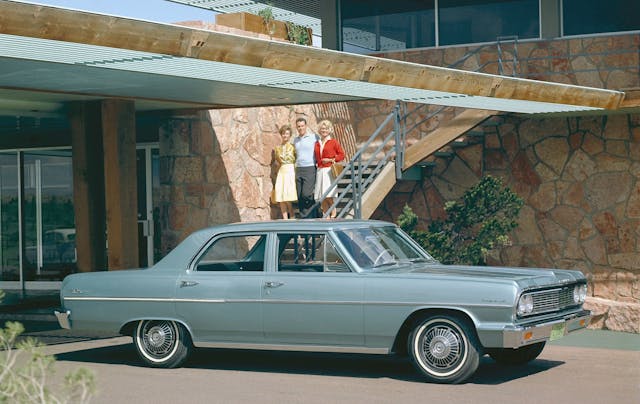
In 1964, the VIN was 11 digits and 1 letter, and for ’65–67 it shifted to 12 digits and 1 letter. In ’64, the first digit of the VIN is 4 to represent the model year. Canadian-built cars kept this going for 1965 and ’66, but American models shifted to a 1 as the first number from ’65 onwards, which indicates that the vehicle is a Chevrolet. The second number pair represents the series and engine type of the vehicle, with the next two digits indicating body style. In 1964, the letter that follows denotes the assembly plant (there were five in the United States), but for ’65–67 cars a number is inserted before the assembly-plant letter to show the production year. This is followed by the serial number, which always begins with a 1.
“The thing to keep in mind about serial numbers is that GM couldn’t do them sequentially,” Ausley explains. “Each number is specific to the plant where it was built, and that particular vehicle’s position on the assembly line.” This means that a Super Sport with serial number 00004 doesn’t mean it’s the fourth SS ever built, it just means it’s the fourth Chevelle—and even then, it’s the fourth Chevelle built at that specific plant.
There are also some details that only an expert would know that will help when inspecting a potential purchase.
“Prior to 1965, the VIN numbers were attached with two spot welds onto the door frame post, or they had rivets,” he continues. “In ’65, a federal law was passed that all VIN plates had to be attached with a rosette rivet. However, some 1965 model year cars were built in late 1964, so only ’65 model year Chevelles constructed after January of that year have this type of tag. This can lead to DOT claims that a VIN tag was removed and reinstalled, but it simply isn’t true, so you have to check the actual build date of the vehicle to authenticate the plate.”
Given that the Chevelle Malibu SS and SS396 are very easy to clone, it also helps to be prudent when inspecting the details that set these more desirable models apart.

“We have a series of videos on YouTube showing where the emblems on these cars are supposed to be,” says Ausley. “Badges in the wrong spot is one of the most common discrepancies you’ll encounter when looking at a clone car. We also have a tech-tips series that goes further into year-to-year changes between the cars.”
Sometimes the clues indicating you’re looking at a real Super Sport are so hidden as to be practically invisible.

“All SS models had a set of small brackets mounted to the rear lower control arms that weren’t on the regular Malibus, or any other Chevelles,” explains Ausley. “These were for 12-inch support bars that you won’t find anywhere else.” He also says that there were no SS El Caminos (just cars featuring optional big-blocks), and that while no Chevelle came with a 427-cubic-inch V-8 from the factory, some dealers did install them after delivery to skirt GM rules about big-block engines in intermediate platforms in that era.
Ultimately, according to Ausley, the best way to authenticate a potential purchase is to ask for as much documentation from the seller as possible. This includes the original bill of sale, a build sheet, and any paperwork available from the original owners, all of which are considered the gold standard when paying for a high-dollar car.
Before you buy

Mechanically, the 1964–67 Chevelle is rock-solid. With a choice between basic small-block Chevy engines, stout straight-sixes, and well-understood big-blocks, the only issues you’ll encounter in the engine bay are related to age and mileage and can be addressed as they would in any other vehicle. Suspensions, rear ends, and transmissions are similarly uncomplicated, and parts availability is excellent across the board (including a strong market for reproduction pieces and sheetmetal).
“Keep an eye on the floorboard on the passenger side, as that’s where leaking heater cores tended to trigger rust,” Ausley says. Other areas with rust related to poor drainage include the rear corners of the back window, behind the rear wheels, and the bottoms of the front fenders. He also points to the door bottoms (where drains were blocked by pieces of the fuzzy window sweeps falling into the door) and later cars that used butyl tape instead of a gasket to seal the windshield as further areas of concern.
“Keep in mind, GM was not interested in a car that lasted 30 years,” he explained. “They wanted to build a car that lasted three years, so you’d have to buy a new one.”
What to pay

For up-to-date values of the exact Chevelle you’re shopping, consult the Hagerty Valuation Tool. For a breakdown of Hagerty’s 1-to-4 vehicle-condition rating system, click here.
The original Chevrolet Chevelle remains a popular choice with collectors. With prices for sparsely equipped six-cylinder sedans hovering just above the $10,000 mark for Excellent, or #2 condition, examples, the Chevelle provides an easy entry point into the hobby, especially when looking at even more affordable #3 (Good) condition driver-quality examples.
That being said, coupes and convertibles featuring V-8 power can easily double or triple that price in #1 (Concours) or even #2 condition, to say nothing of the Super Sport, which can range from $50,000 to over $100,000 (not including outliers like the ultra-rare Z16 V-8 SS models that jump to nearly $200K). Values have risen nearly 20 percent across the board for the Chevelle over the past three years, based on Hagerty quotes, with strong interest from both baby boomers and Gen X representing the majority of those making inquiries.
As with any classic, it’s in your best interest to purchase the best-condition vehicle you can afford rather than target a cheaper, project-level Chevelle. Although you won’t have any trouble locating new or used parts, outside of investment-grade blue-chip models, the labor and investment required to restore an old automobile almost always eclipses its actual value.
***
Check out the Hagerty Media homepage so you don’t miss a single story, or better yet, bookmark it. To get our best stories delivered right to your inbox, subscribe to our newsletters.

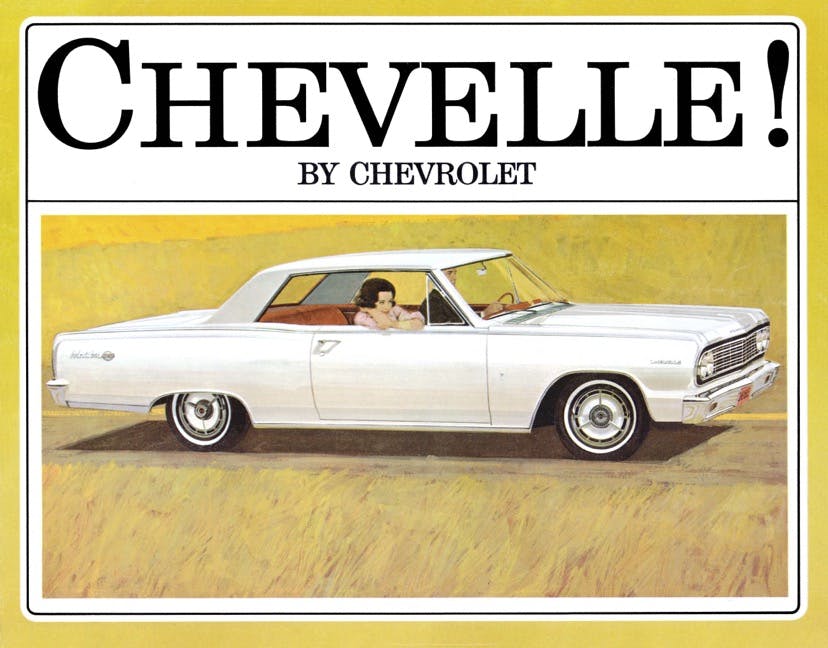

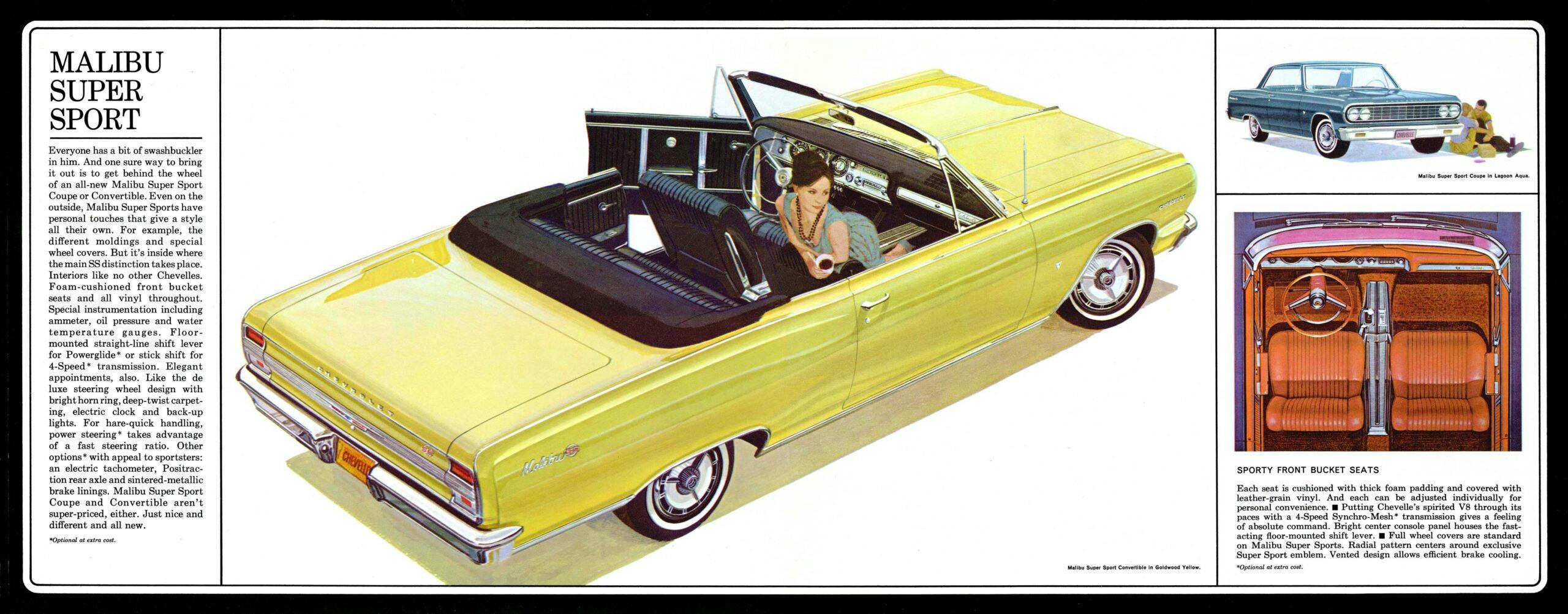
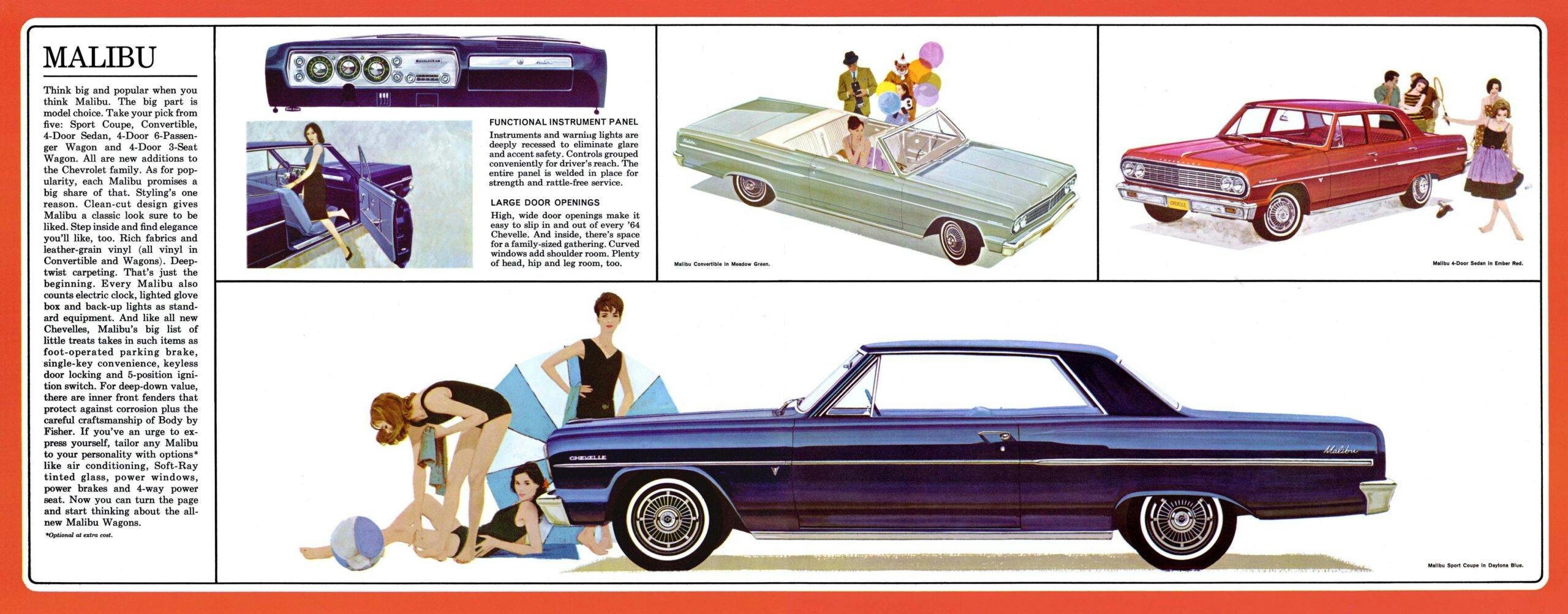
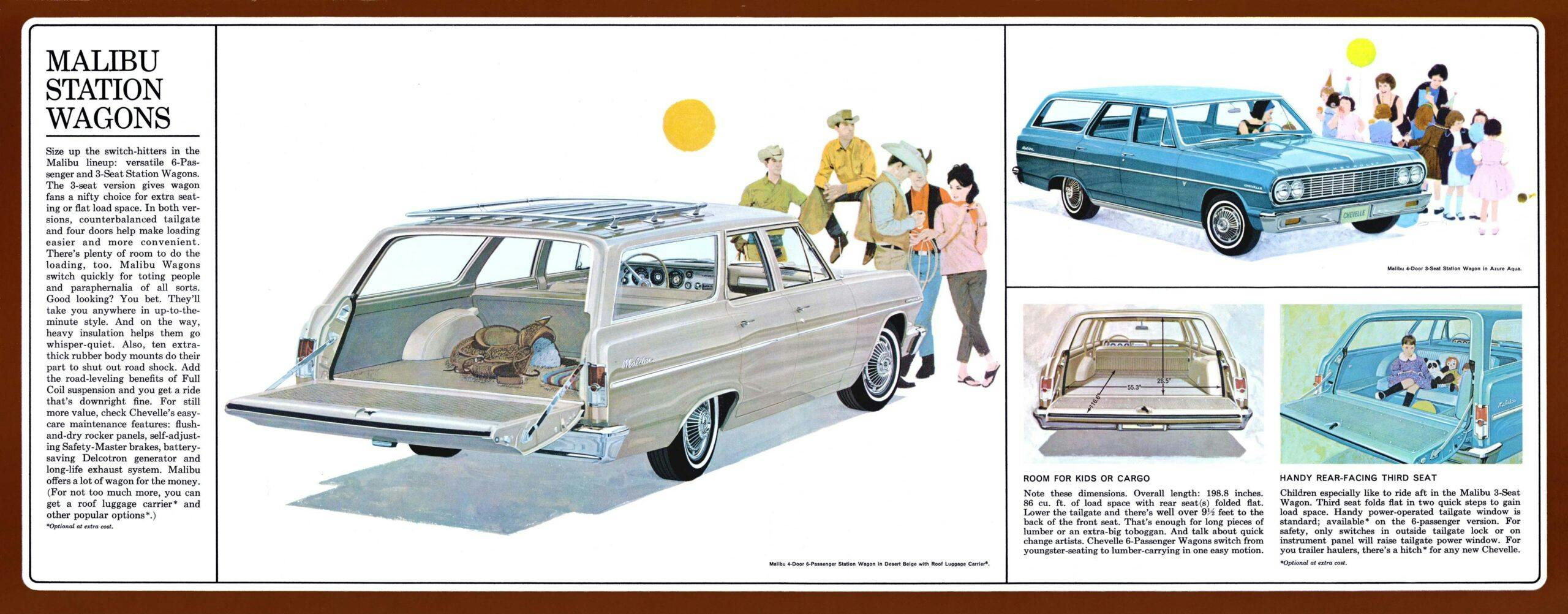
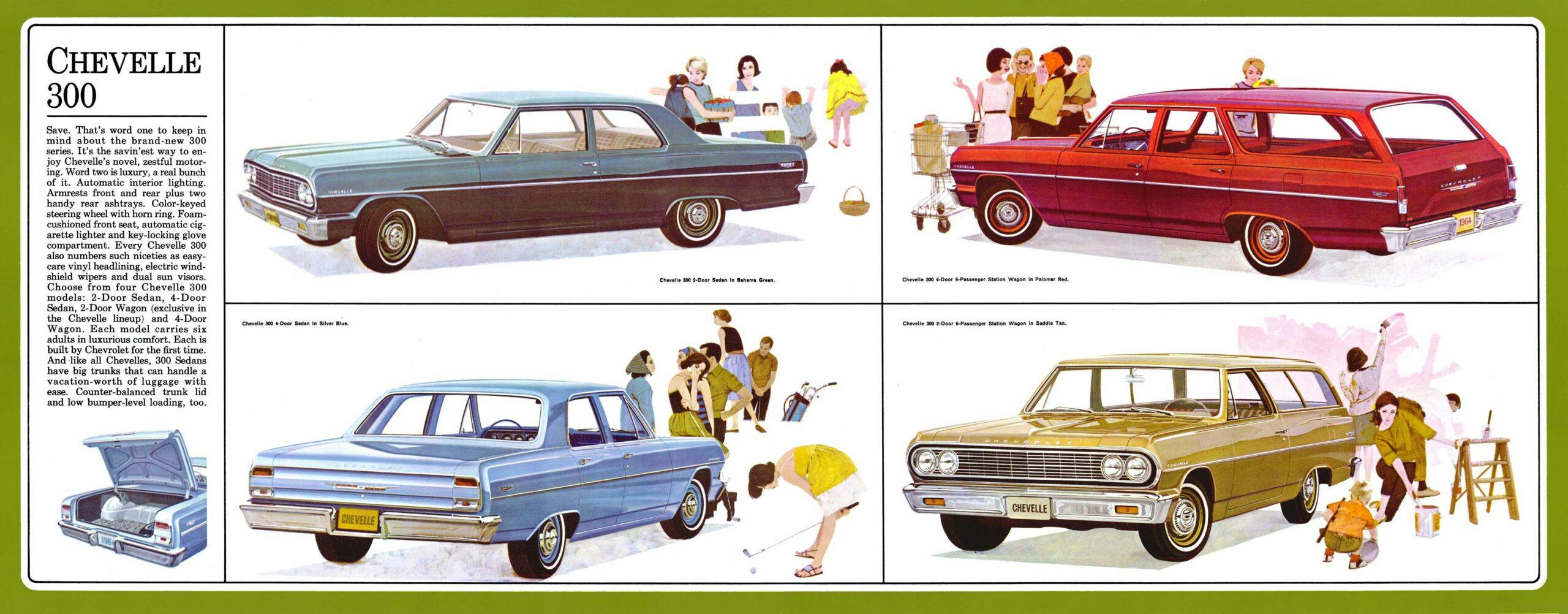
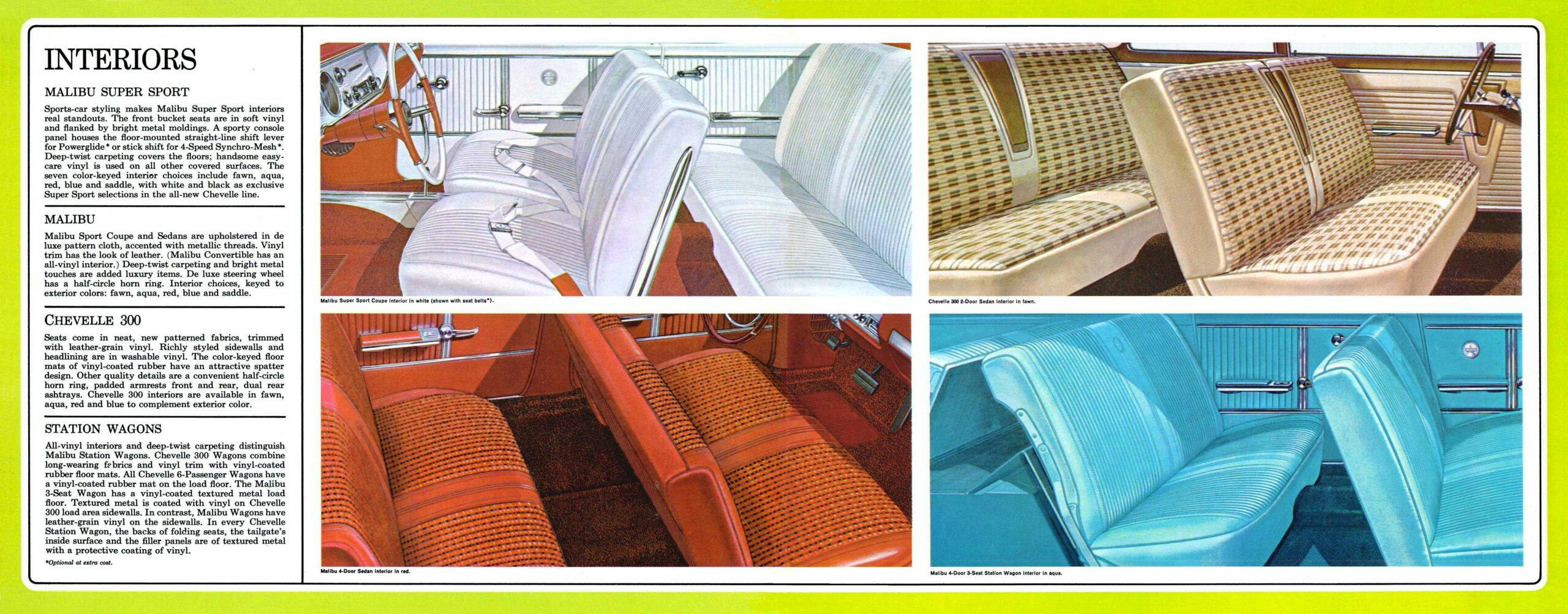
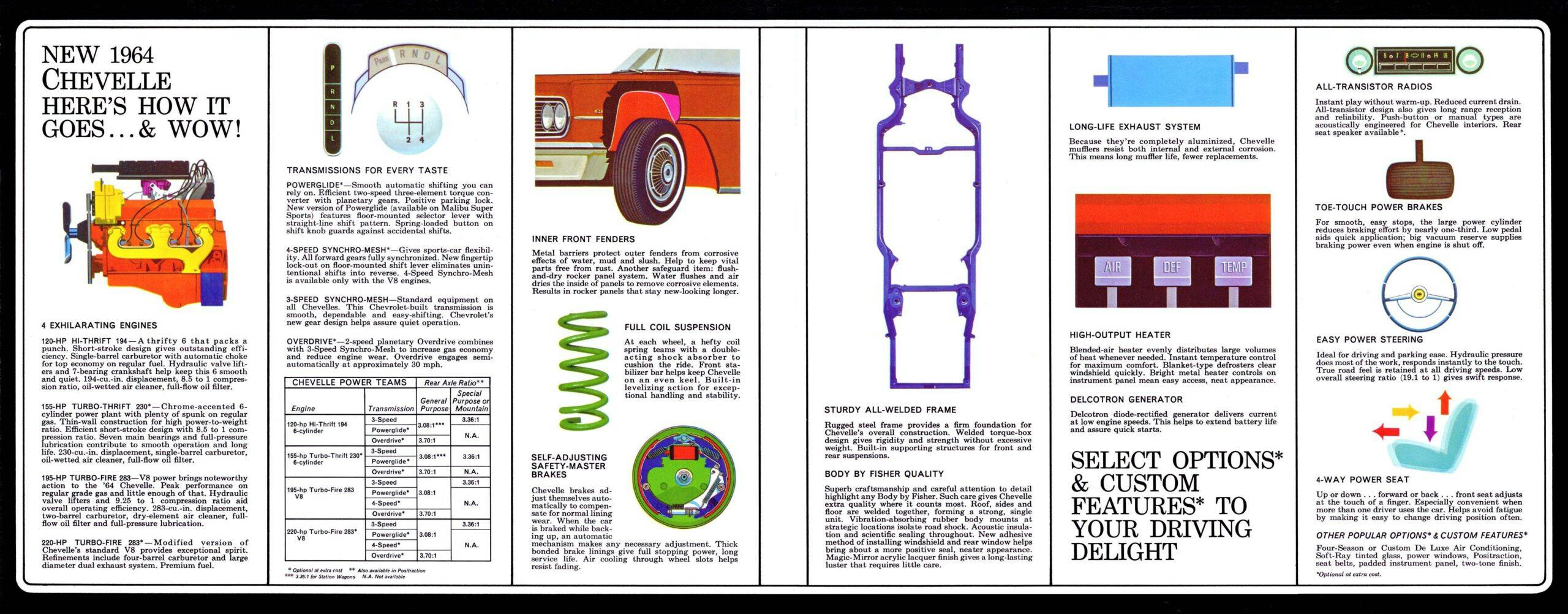

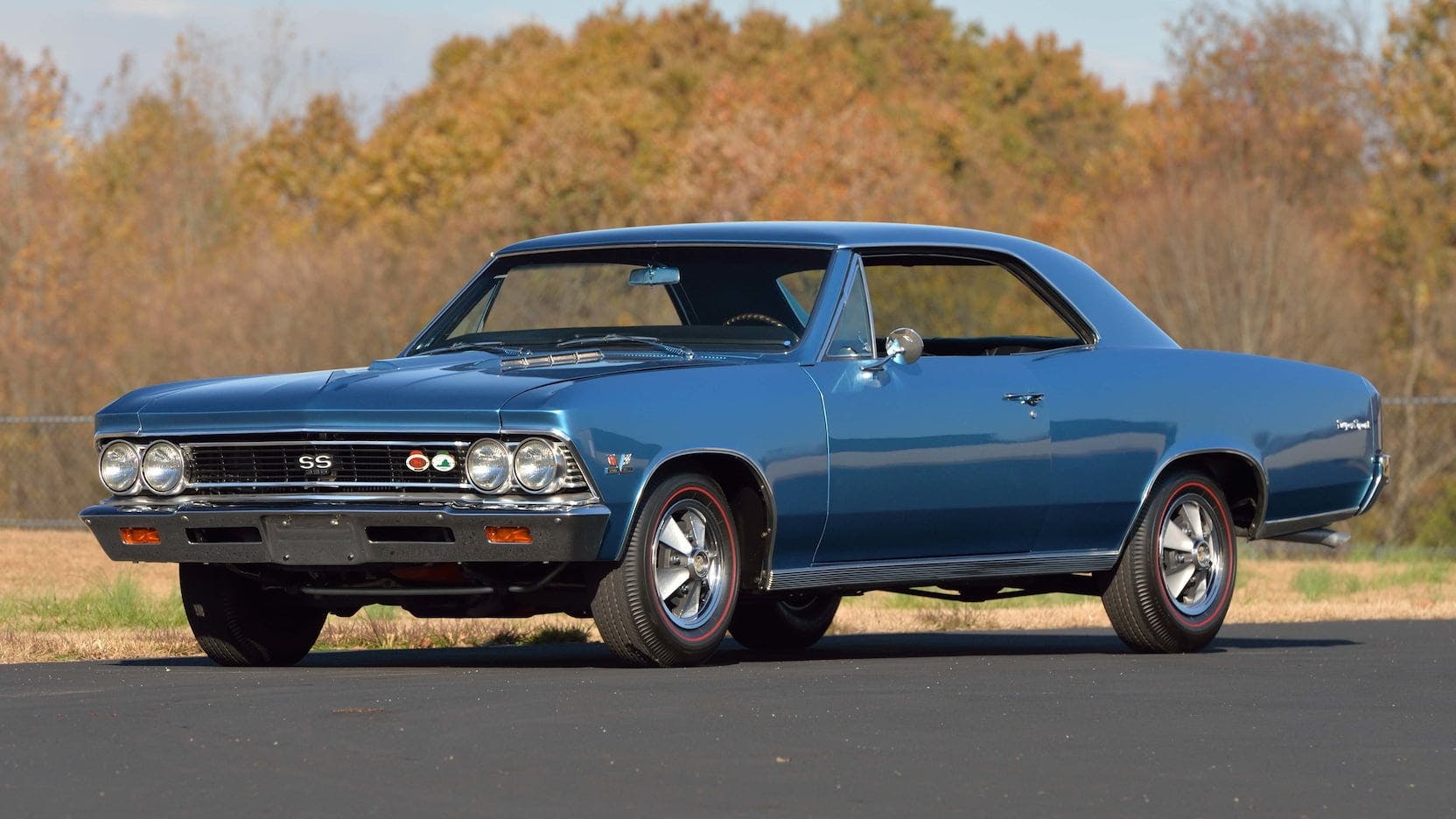

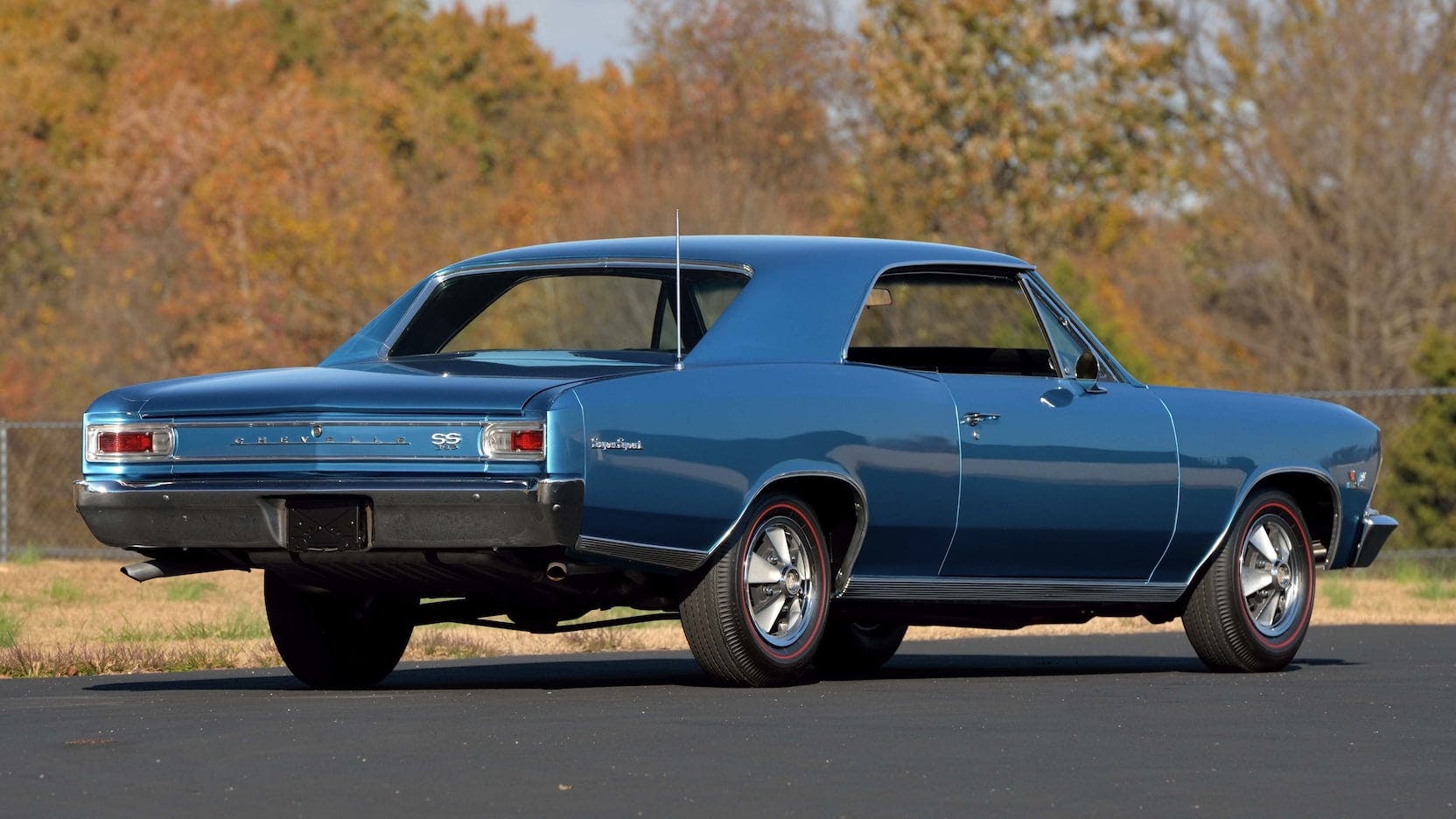
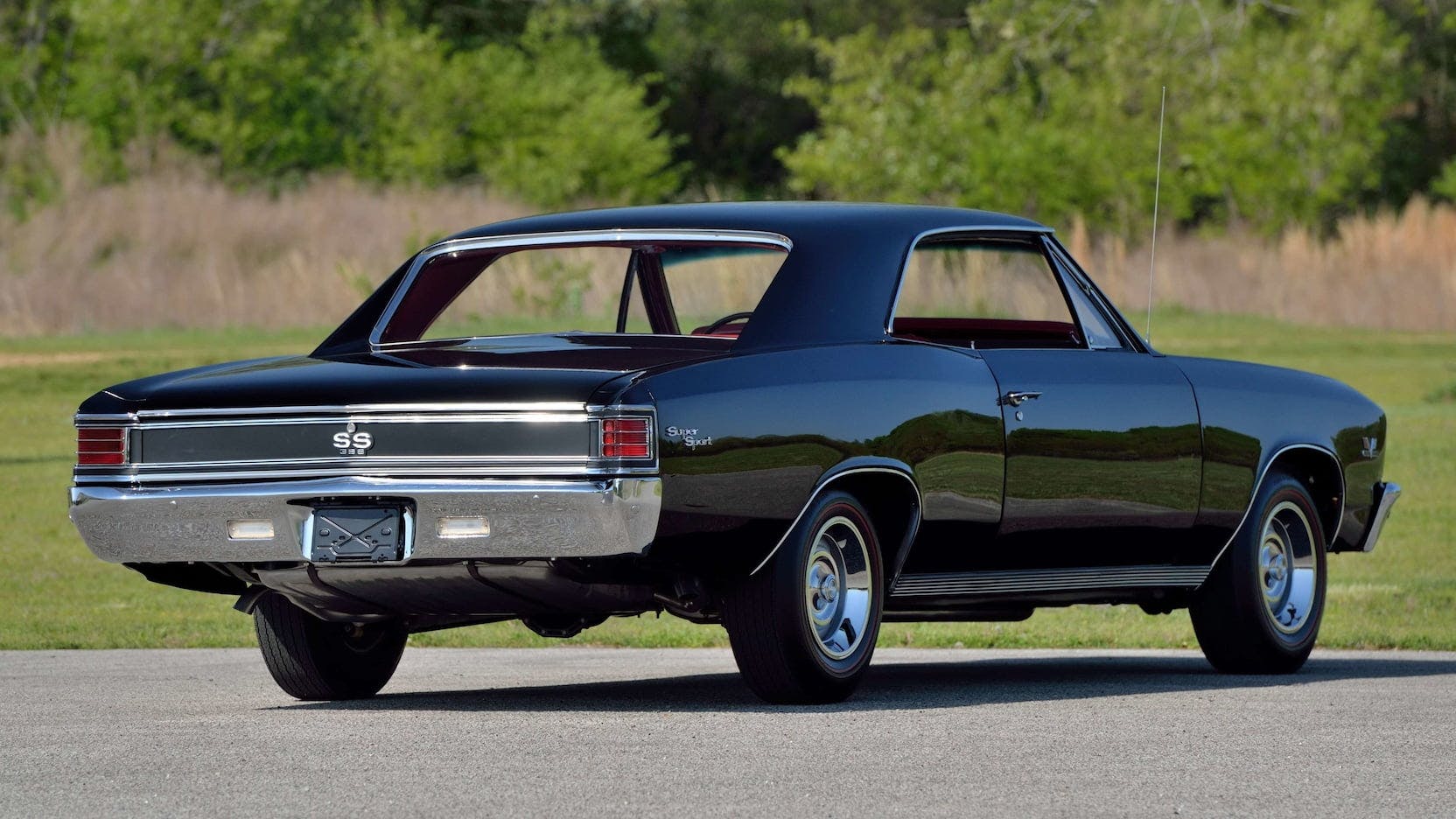


Minor correction. The 64 El Camino was the return of the El Camino, not the first. The first ones were the 59-60 versions, based on the full-sized Chevy platform.
Once again you are correct sir, we have corrected that error.
By my shop is a car hoarder with a 59 that’s been slowly rusting into the ground for the last 20+ years. It breaks my heart every time I pass it.
i had a 1964 Chevelle SS 327 4 speed color was azure aqua, black interior, black wheels and baby moons l at that time i worked at the dealer ship later on i put a set of mags on it the last day there it was snowing i was waiting at a stop light “and boom” a guy knock me across the intersection i order all the parts to fix it if it was bent or scratched it was ordered here is where i went nuts i sanded it down went to the paint shop looked at the paint chips in the book i picked a 1965 caddy jade fire mist wow that car turn heads i ruined the original car but it looked “bitchin”
Exactly why I quit putting money into these classics !! In the mid 80’s I had a 64 Chevelle SS completely restored !! Iwas working at the Chevy dealership in Winder !! Was turning in to work & this idiot plowed into me knocking me up into the lot into a brand new Oldsmobile wiping out the front clip of it !! Good thing it knocked me out or I would’ve got out & beat the hell out of that fool !! I sold it & it totaled for $3500 & said I wasn’t a pile of money into anything else !!!!
We have had 7 Chevelles and 1 GMC Sprint SP [El Comino SS] And 70 Monte Carlo in the family over the years. Plus one 69 Chevelle Stock Car.
The statement on building a car that last 3 years a bit misleading. These for the era were some of the best built cars and Generally lasted well even in the rust belt. That is why they were the first choice for collectors over the Ford and Chrysler cars that did have major rust issues.
When looking at GM cars in the 60’s check for the Protect O Plate info. It will be a folder in the glove box that was for imprinting papers at the dealer for warranty work. It will hold the cars info and help confirm the model and options.
While it may be easy to convert some cars to an SS there are some things to look for and also the vin will not lie so check the numbers and know what to look for. Many SS are still around and may have been converted to a Malibu as some racers would hide the Big Block. The other thing is many SS may have small blocks as the big block let go years ago.
It is not easy to find a steal on a SS but some plain clean coupes can be had and you can buy nearly any part for these cars anymore.
Main rust is Around the windows and the drain holes in the bottom of the fenders. Frames are not bad unless stored in a yard for a long time. Pans are not bad unless the windows were leaking for a long time.
The sweeps did not clog doors. Leaves and pine needles are the main issue. The felt usually just got hard and scratched the glass.
In all the cars we had heater cores never broke.
“In all the cars we had heater cores never broke.” No, but everything else did
30 years ago we had a “field find” 65 (iirc) convert that my dad fortunately let someone buy and fix up. It was a good lesson in not hoarding if not getting to it.
a-body was just a return to the 55-57 formula. Measurements are very similar.
In most years a Beaumont was better looking then a Chevelle
Except that they were Canada only.
Just have one question for the writer of this article. Why are 1968 models excluded from so many publications? Thanks for any insight.
The first generation Chevelle ended in 1967. That’s why its excluded here, not sure why its missing elsewhere in Chevelle discussions!
Hi Ken – I wrote a buyer’s guide for the 68-72 Chevelle SS that was published back in 2019. You can find it here.
https://www.hagerty.com/media/buying-and-selling/definitive-1968-72-chevelle-ss-buyers-guide/
Good luck finding a six cylinder car or even a base V8 these days. There are more SS’s out there than GM ever made. I haven’t seen anything in good condition that was ‘affordable’ in years. I wish I had kept my ’69 Malibu 307 Powerglide coupe (one owner 47,000 miles) I got when I was 16 in 1979, but it needed everything after owning it for 14 years. Now it at a value where it would have been worth doing and parts are available for everything. Sold it 30 years ago and it still had only about 100,000 miles on it.
Eons ago I knew Chevelles of this vintage that were common in the early seventies and would rare today. One was a 64 Malibu supersport with a banger and powerglide.
The other belonged to a customer who bought it new. This was a plain jane malibu coupe with an added detail powertrain. It was a base? 327 with a four speed this is how the owner ordered it from the factory.
I am very curious as to what those Horsepower ratings are using the post 1971 SAE protocol, as we do with all cars since.
For styling, the ’64 Chevelle was the best, ’65 second best, and they were better looking than anything from Chrysler and Ford during those years. In fact, the ’64 is one of my all time favorite Chevys. A neighbor had a ’64 he’d bought new, up until probably around a decade ago. He offered it to me; I probably would have bought it from him had it had a manual trans and a hard top. I still see it occasionally, and this is Massachusetts.
Great article! I was surprised to read the reference to a Beaumont in the Comments! I love the Chevelles and the Beaumonts! I have a 1967 Beaumont Convertible that I take down to some shows in the States, I love the reaction from people as they try to make sense of what the car is – they see what looks like a Chevelle from the outside, yet different, and then they see the interior looks just like a Pontiac, then notice it’s powered by a Chevy motor – confusion takes over and they head to the beer vendor!
Boy, do I know that feeling. I have a 1966 Buick Riviera. The look is priceless when I open the hood and the headlights are sticking straight up. Usually get asked at least a dozen times at shows ,”how do the headlights work?” Or, “that’s front wheel drive, like the Toronado, isn’t it?”That’s my cue to go get a beer. I had a guy actually argue with me that it was FWD. I took him under the hood and told him to look down and see if sees axle shafts sticking out to the wheels. I’ve owned the car 31 years. I do get a kick out of showing the kids how the headlights work, though.
My parents bought a 1964 Malibu two door hardtop 283 4 bbl. new in the same silver blur shown in the pictures. I still have it now and have done a body off restoration.
I believe that the 283 4bbl was rated at 220 h.p. , not 230. And the 327-250 engine was also a 4- barrel.
You are correct. The 250hp 327 was a 4bbl, and the 300hp version had different heads, pistons, & cam.
My parents bought a 1964 Malibu two door hardtop 283 4 bbl. new in the same silver blur shown in the pictures. I still have it now and have done a body off restoration. I also have a 1964 ElCamino with a 396 engine. Both cars are 4 speeds. Great cars!
I have NEVER understood the emphasis on the ’65 and others… I owned a ’64 Malibu SS convertible “slick side” (very thin chrome strip along the outer top of body line) w/283, and in MY estimation, it was the “cleanest” Chevelle. While not the best “performer”, the stock red with [manual] white top w/deluxe wheel covers was elegant.
I bought a new ’67 SS 396/375 from Cordia Chevrolet. If I could have any one of my lifetime of cars back, that would be the one. A lot of memories and a lot of broken valve springs.